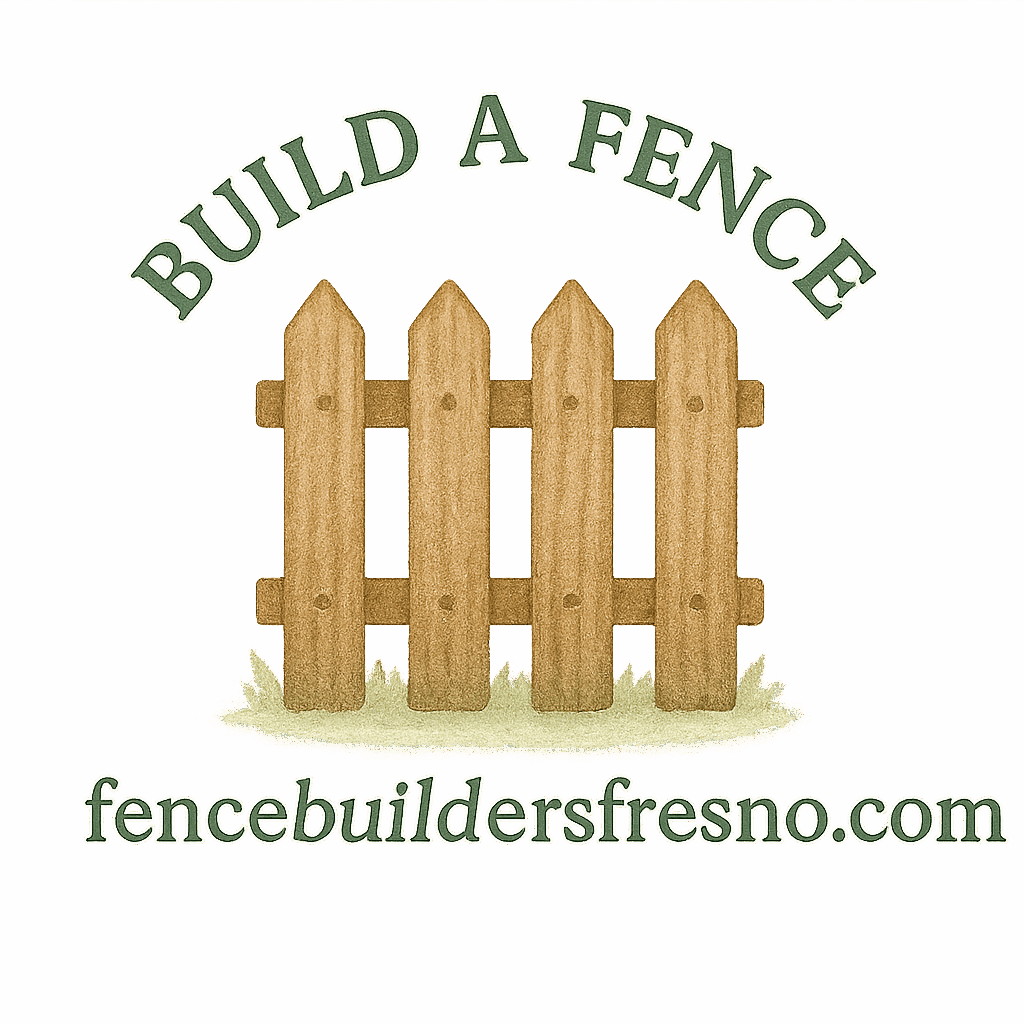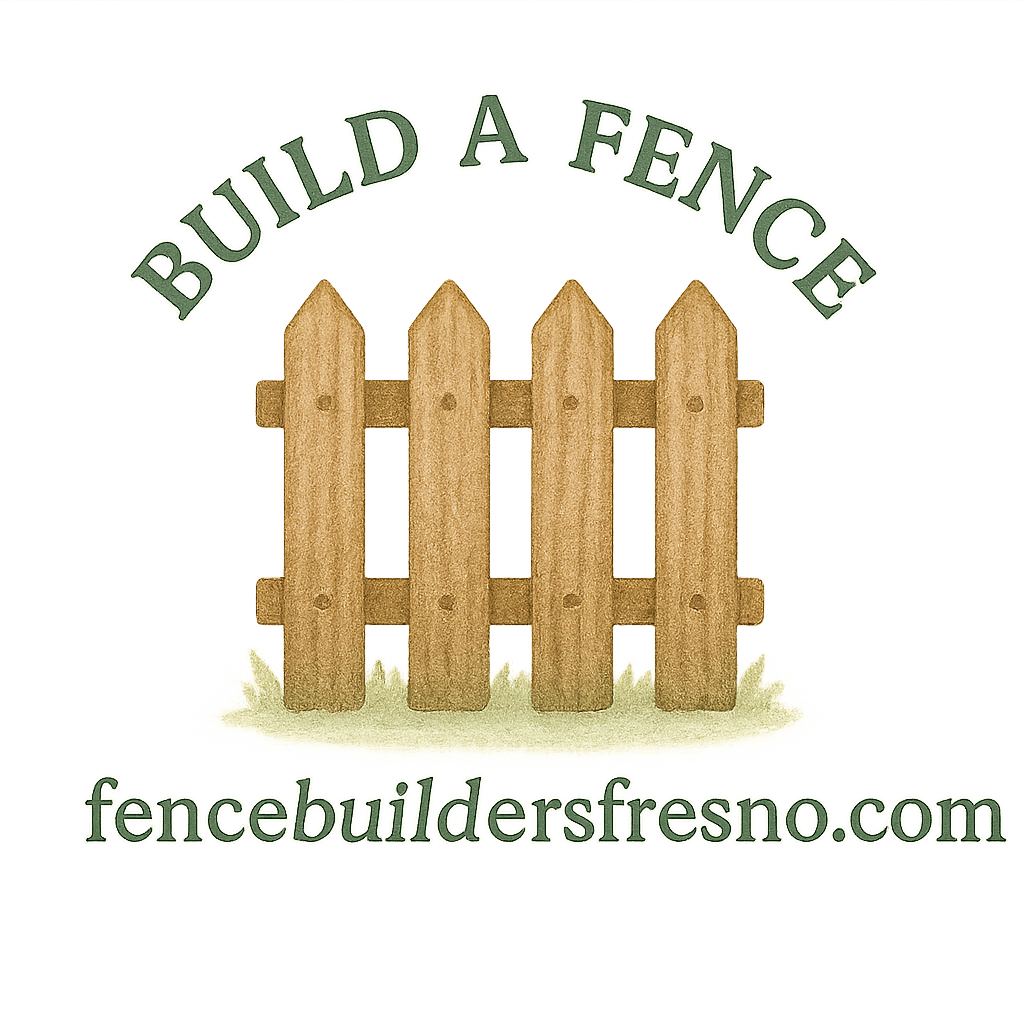Thinking about putting up a fence but don’t know where to start? Whether it’s about privacy, security, or just adding curb appeal, building a fence is a rewarding DIY project—but it’s not something you should just dive into without a plan.
Let’s break it down. Here are 10 essential steps to build a fence from start to finish, plus pro tips and links to helpful resources to make the process smoother.
Step 1: Determine Your Purpose
Before you even buy a single post or panel, ask yourself: Why do I want this fence?
Privacy vs. Decoration
If you’re trying to block out nosy neighbors or shield your backyard from the street, you’ll want something tall and solid like a wood fence or vinyl panels. On the other hand, if it’s just for show or marking a garden, a shorter, decorative style may do the trick.
Safety and Security Needs
Got kids or pets? You’ll want to go for a more secure design. Some homeowners go for chain link for visibility and strength, while others go for taller durable fencing options.
Step 2: Know Your Legal Boundaries
Before you dig a single hole, get clear on the legal stuff.
Check Property Lines
Mistakes here can lead to fence encroachment disputes. If you’re not sure where your boundaries are, check your property plat or have a surveyor mark it for you.
Learn more about this step in our guide to property lines and rights.
Understand Fence Laws in Your Area
Some neighborhoods and cities have height restrictions, style limitations, and setback rules. You can read more in our article on legal property considerations.
Step 3: Choose the Right Fence Type
Not all fences are built the same—and choosing the wrong one can mean extra cost or regret later.
Wood, Vinyl, Chain Link & More
Compare materials in this fence types comparison article. Wood is classic but needs upkeep. Vinyl is low maintenance. Chain link is practical and affordable. Each has its pros and cons depending on your goals.
Comparing Aesthetic vs. Function
For a decorative fence, appearance matters more than privacy. For homes with security needs, go taller and stronger. Check our guide to different home fencing styles.

Step 4: Design and Planning
This step saves time and headaches later. Sketch your layout. Consider gates, slopes, and post spacing.
Fence Layout and Measurements
Measure your full boundary and mark where posts will go. Our fence design planning guide is a solid place to start.
Gate Placement Considerations
Think about how often you’ll walk through your fence. Want a front yard entrance? Maybe a back alley gate too? Be practical.
Step 5: Get Permits and HOA Approvals
Don’t skip this or you could face fines or be forced to tear it down.
Local Permit Requirements
Check your city or county website to see if you need a permit. Some places require detailed drawings or inspections.
HOA Design Guidelines
If you live in a neighborhood with an HOA, get their written approval. They might have strict rules about height, color, and materials.
For help on this step, visit our legal fencing resource hub.
Step 6: Gather Your Materials and Tools
Okay, time to get your hands dirty.
What You’ll Need for Installation
Here’s your basic list:
- Fence posts
- Rails and panels
- Concrete
- Screws/nails
- Post hole digger
- Level, tape measure, string line
You’ll also find a full checklist in our fence building basics guide.
Where to Buy or Rent Equipment
Most home improvement stores rent out heavier gear like augers or power post-hole diggers. For the rest, shop local or online.
Step 7: Prep the Area
Prep work is like stretching before a workout—skip it, and you’ll regret it.
Marking and Measuring Your Fence Line
Use stakes and string to outline the fence line. Mark post hole spots clearly—usually 6–8 feet apart.
Clearing the Ground
Remove debris, rocks, and plants. Uneven ground? You may need to grade it or follow the slope when you install.
Step 8: Install the Fence Posts
This is where the real build begins.
Digging Post Holes
Go at least 1/3 of the total post height deep. For example, for a 6 ft fence, dig at least 2 ft. Use a post-hole digger or power auger.
Setting Posts with Concrete
Pour gravel at the base for drainage, then concrete. Let posts cure for 24–48 hours. Use a level to make sure everything’s straight.
Check out our section on DIY fencing for extra tips.
Step 9: Attach Rails and Panels
Time to connect the dots.
Horizontal Rails First
These connect your posts. Typically, fences have a top and bottom rail. Nail or screw them into place securely.
Attaching Fence Boards or Panels
Next, install the vertical boards or panels. Space them evenly. For privacy, overlap them slightly.
Our fence installation guide covers techniques for both beginners and pros.
Step 10: Finishing Touches
Let’s make it shine.
Painting, Staining, and Sealing
Wood fences benefit from stain or paint to protect from moisture and sun. Vinyl doesn’t need much—just a wash now and then.
Find more fence maintenance ideas and upkeep tips in our dedicated guide.
Final Inspection and Adjustments
Walk your fence line. Tighten any loose boards. Double-check gate alignment and latches. Congrats—you’ve built a fence!
Conclusion
And that’s it—10 steps from start to finish to build a fence like a pro. From planning to painting, each part plays a key role in creating something functional and beautiful. Building a fence is one of those home projects where preparation really pays off. Take your time, follow these steps, and you’ll have a fence that stands strong for years.
Need more guidance? Explore more at Fence Builders Fresno for everything from DIY tips to legal disputes and more.
FAQs
1. What’s the best type of fence for low maintenance?
Vinyl fences require the least upkeep and look great for years. Learn more about low-maintenance options.
2. How deep should fence posts be?
Generally, 1/3 of the total post height should be underground. For 6 ft posts, dig 2 ft deep.
3. Do I need a permit to build a fence?
In most cases, yes. Especially if the fence is over 6 feet tall. Check your city’s building codes or visit our legal fencing guide.
4. How long does it take to build a fence?
Depending on size and help available, it could take a weekend to a week.
5. Can I build a fence myself?
Absolutely! With the right tools and a good plan, DIY fencing is totally doable. Check out our DIY fence guide.
6. What if my neighbor says I built on their land?
You might be in fence encroachment territory. Get a survey done and refer to local property rights.
7. What’s the most durable fence material?
Metal and vinyl are top contenders for strength and longevity. Explore more at durable fencing.


